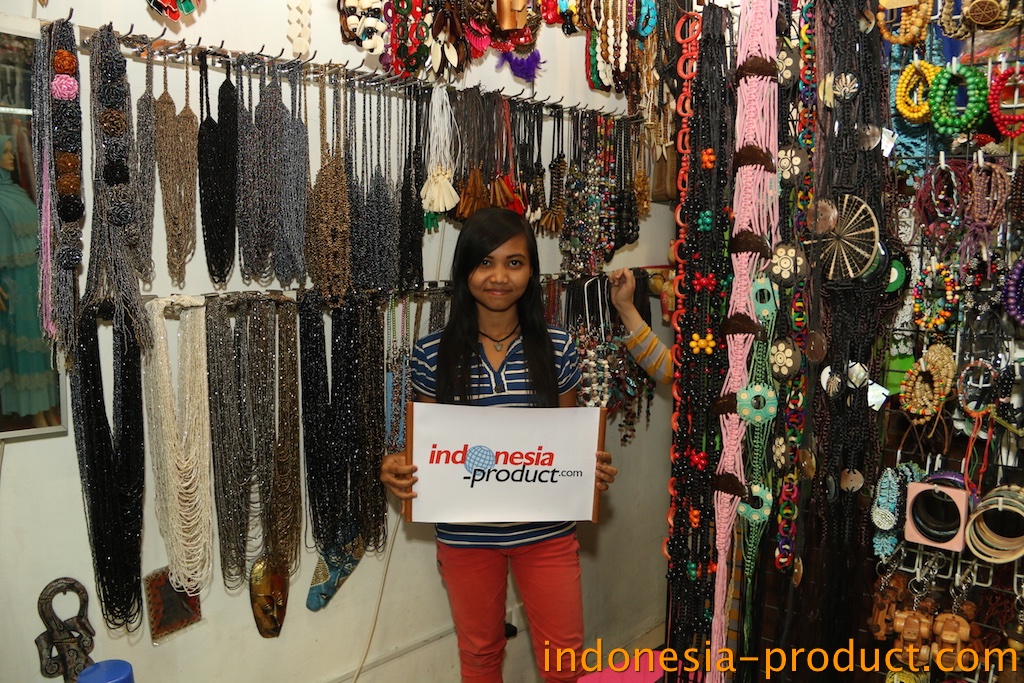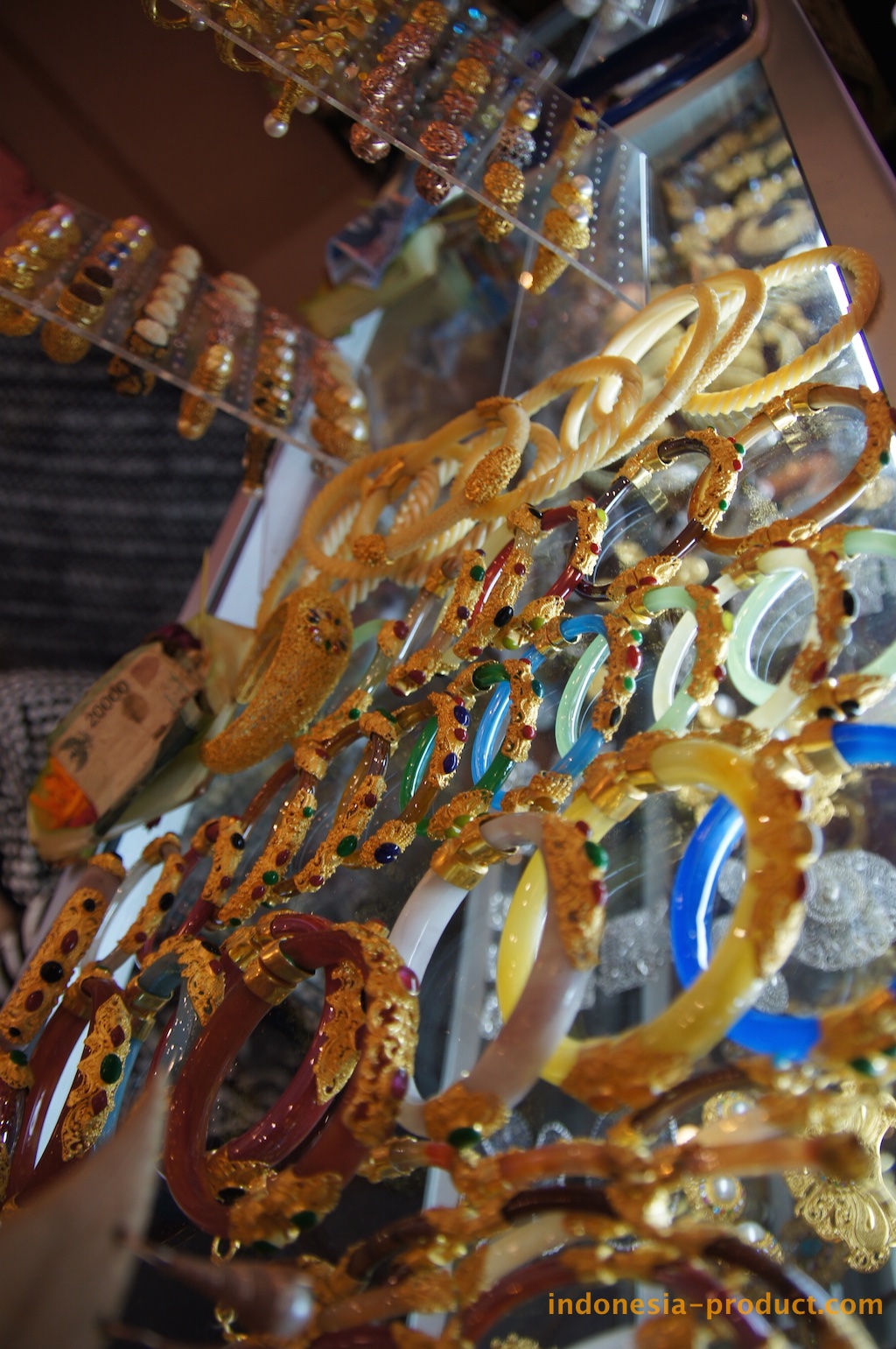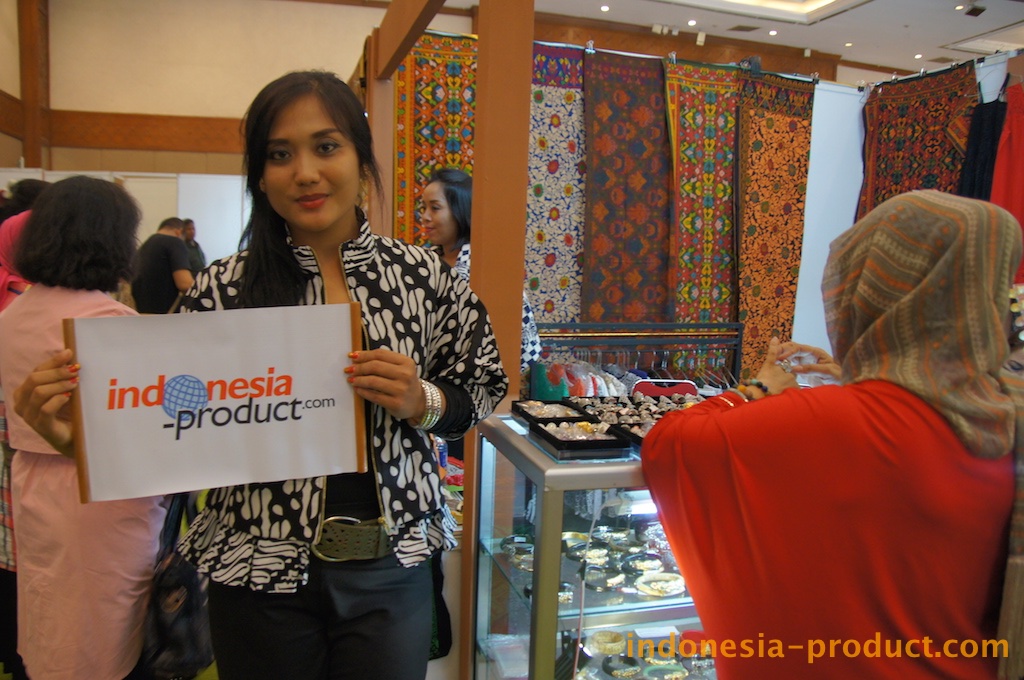Government Considers Banning Lead in Children’s Jewelry
Washington Post, United States
The staff of the Consumer Product Safety Commission has recommended that the commission effectively ban the lead in children’s metal jewelry, citing the risk of lead poisoning.
The proposal is subject to public comment and would require approval by the full commission, which is scheduled to vote next week.
Lead paint in older homes remains the top cause of lead poisoning in children. But the potential for children to ingest lead by sucking on or swallowing toy jewelry has led to 14 recalls of more than 160 million items since 2004.
Lead, which is used to add heft to toy and costume jewelry, can harm brain development in children if ingested. Even small amounts of lead can have adverse health effects because it lingers in the body. Jewelry containing lead can be found in vending machines, dollar stores, department stores, and big-box retailers.
In rare cases, lead poisoning from toy jewelry can be fatal. In March, Reebok recalled 300,000 promotional charm bracelets after the death of Jarnell Brown, a 4-year-old Minneapolis boy. He had swallowed a charm that was 99 percent lead.
The proposed ban followed a stepped-up effort by the agency to get producers and importers to meet voluntary guidelines.
“We don’t want to have another experience such as the child in Minneapolis,” CPSC spokesman Scott Wolfson said. “We want to improve safety by being simpler in what our policy is.”
The proposal was in response to a petition from the Sierra Club requesting a ban on all toy jewelry containing lead. The CPSC staff recommended that the agency prohibit any piece of metal jewelry with lead content exceeding 0.06 percent.
The Sierra Club also has sued the Environmental Protection Agency over the issue. It unsuccessfully petitioned the EPA to require companies to provide health and safety studies on lead in their products and to make companies that have previously recalled toy jewelry show they have made necessary changes.
Under the Toxic Substances Act, both the EPA and the CPSC have jurisdiction over lead in toy jewelry, according to EPA spokeswoman Enesta Jones. The EPA denied the Sierra Club’s petition because what it requested would have been beyond the agency’s authority, Jones said. The group’s lawsuit, filed in September, is pending.
The EPA has sparked controversy about what previously was a prime source of lead exposure: air pollution.
Lead air pollution has dropped more than 90 percent in most of the country since the government started regulating vehicle emissions in the 1970s, driving public attention to other sources of lead, such as paint and toys.
But regulation of lead air pollution could take center stage again after the EPA said on Tuesday that it might consider revoking national lead air quality standards.
The comment, made in a draft staff paper, prompted an angry response yesterday from Rep. Henry A. Waxman (D-Calif.), who is to become chairman of the House Government Reform Committee in January. He urged Stephen L. Johnson, the EPA’s administrator, to renounce the proposal immediately. “A federal abandonment of a national standard for lead air pollution would remove an important federal protection and send the wrong message to state and local governments, health professionals and the American people,” Waxman said.
William Wehrum, acting director of the EPA’s office of air and radiation, said in a written statement that the EPA was “committed to improving upon our record of protecting the public from lead exposure and is examining the role a national standard plays in accomplishing this goal.”





